Charities in Buffalo, as in other cities, grew and developed on a more less independent basis begininng in the mid-19th century. In 1917, copying the successful examples of the WWI bond and Red Cross drives, four charities decided to form a Joint Charities Campaign to raise money to be divided among their organizations. In 1920, six more agencies joined. By 1922, the name had been changed to Joint Charities and Community Fund. The campaign area included
Hamburg, Kenmore, Lancaster, Orchard Park, and Williamsville. During World War II, the Joint Charities became the United War and Community Fund. After World War II, the organization became known as the Community Chest Fund of Buffalo and Erie County. And in 1960, it became known as the United Fund, immediate predecessor of today's United Way.
The organizations featured below were some of the eighteen participants in the 1923 Joint Charities Campaign. |
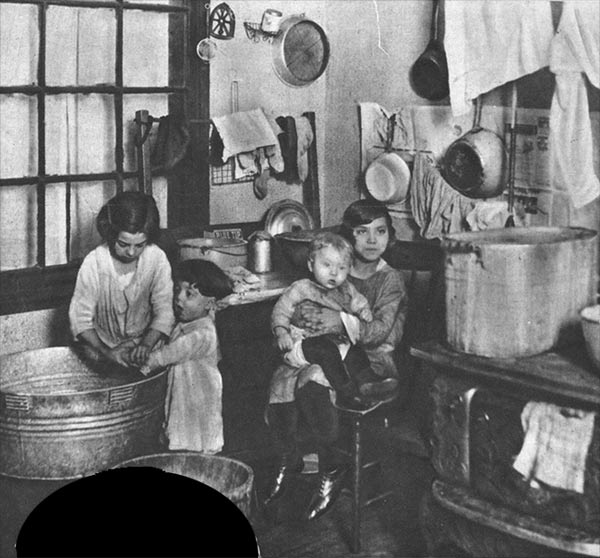
Mount Carmel Guild
(This Catholic Diocese organization became part of the Catholic Charities Campaign which began in 1923.)
"Once a year, this year in May, is a slogan for the seventh annual Joint Charities and Community Fund campaign being conducted this week. Two thousand volunteer workers are raising the budget for the charities, the health and character-building agencies in the fund. The member agencies find that, by joining in a single campaign, they save time and expense and can render better service throughout the year." Buffalo Express, 1923 |
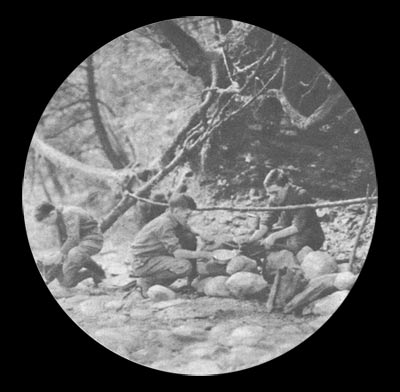
Boy Scouts at Toad Hollow Camp
(The Boy Scouts utilized this 57.7 acre property on Rte. 75 in Hamburg from the 1920s through the 1970s. Located along Eighteen Mile Creek, it featured deep gorges, woods that were never timbered, creek-frontages. The creek was dammed for swimming; there were log cabins, tents, archery range, baseball diamond, rustic bridges. It was a year-round facility and offered both summer and winter sports.) |
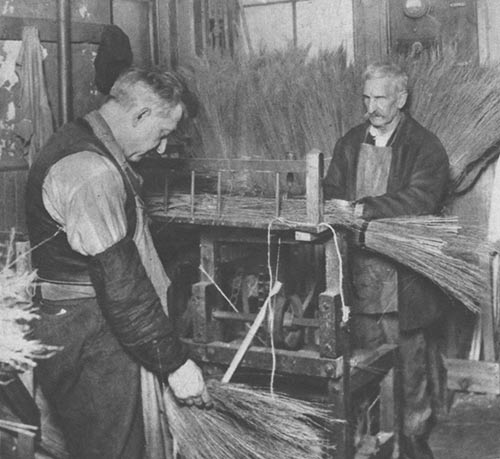
Buffalo Association for the Blind.
(Founded in 1907, the Association created a broom factory at 489 Ellicott
to provide occupations for the blind; workers above are making brooms, while others in the 1920s were
involved with rug weaving, chair caning and basketmaking. Eventually, its Buffalo Eye, Ear, Nose and Throat Clinic
became known as the Wettlaufer Clinic. Today, its descendent is the Olmsted Center for Sight.) |
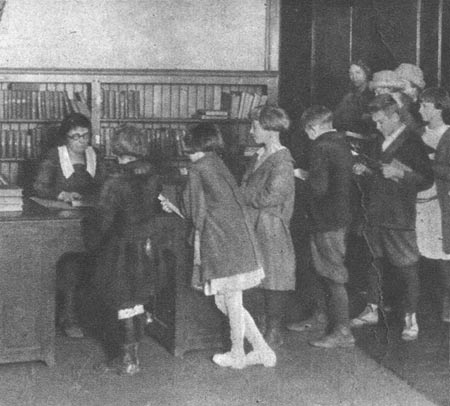
The Babcock Community House Library
(The Babcock Community House was a settlement in South Buffalo. In 1907 the Buffalo Federation of Settlements was organized to coordinate the settlement work
in Buffalo. It was an early illustration of the value of unity in fund-raising. The Babcock Community House no longer exists.) |
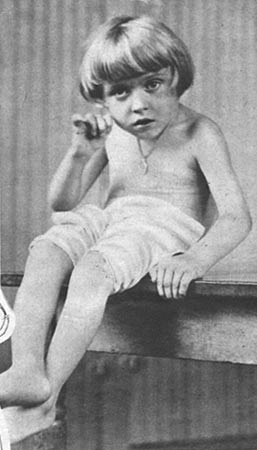
The Crippled Children's Guild
(The Guild was organized in 1908 to provide custodial and convalescent care to children. Its home at 487 Niagara Street
had 40 beds. It existed until at least 1989, but no recent information is available.) |
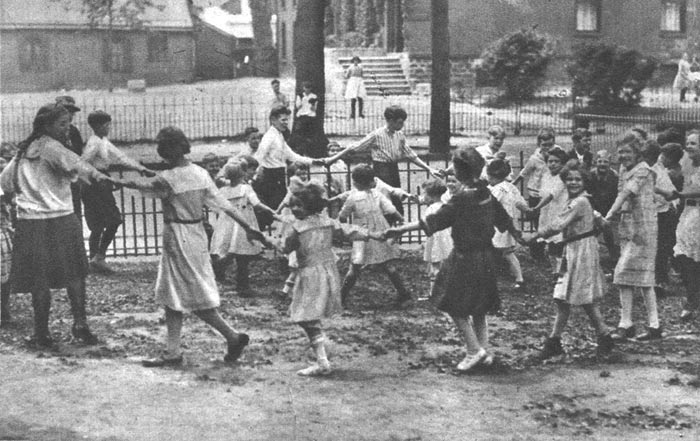
The College Creche serving children of widows.
(No information is available about the location of this creche, one of a number across the city, or its affiliation.)
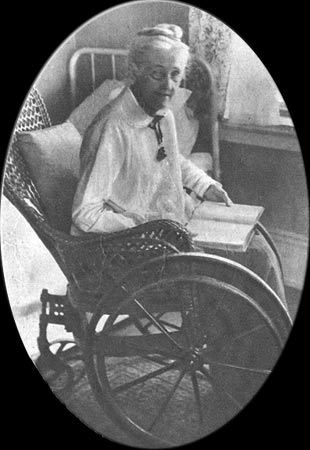
The Wheelchair Home
(The Wheelchair Home, founded in 1910 by Dr. Jennie Schofield,
was intended to serve those needing wheelchairs; it evolved into providing residences for chronic invalids. The above photo was taken during the period when the Home
occupied the Fred Eberhart mansion at Delaware and Kenmore Avenues in Kenmore. Today, the organization has
evolved into the Schofield Residence , located in the Town of Tonawanda. |
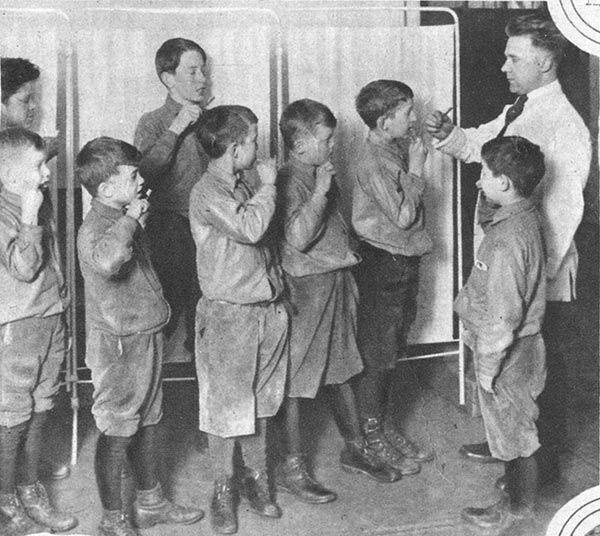
The Children's Aid Society
|
(The Children's Aid Society was one of the earliest Buffalo charities, dating from 1872 when William Pryor Letchworth
attended a dinner of the newsboys and bootblacks and determined to take action to defend the rights of children and
protect them from abuse, neglect and exploitation. In 1916, the Society merged with the Society for the Prevention
of Cruelty to Children, serving all children of Erie County. The organization evolved into the private Child and Family
Services. The present location is featured in a Heritage pictorial here.) |

The Kenmore YWCA
(This photo taken at the L.P.A. Eberhart mansion located near Delaware and Kenmore Avenues in Kenmore. It was demolished in 1977 after the YWCA moved to other quarters.) |
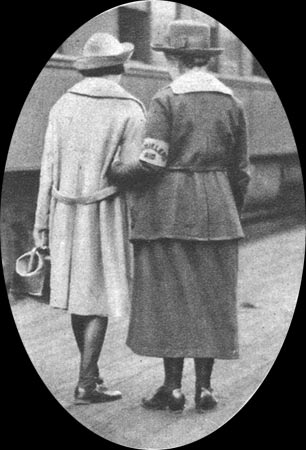
The Traveler's Aid
Service
(Traveler's Aid was founded to assist vulnerable individuals, primarily women, who were "without a home and away from home." The organization remains today as an international service.) |